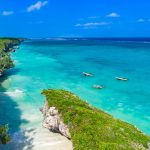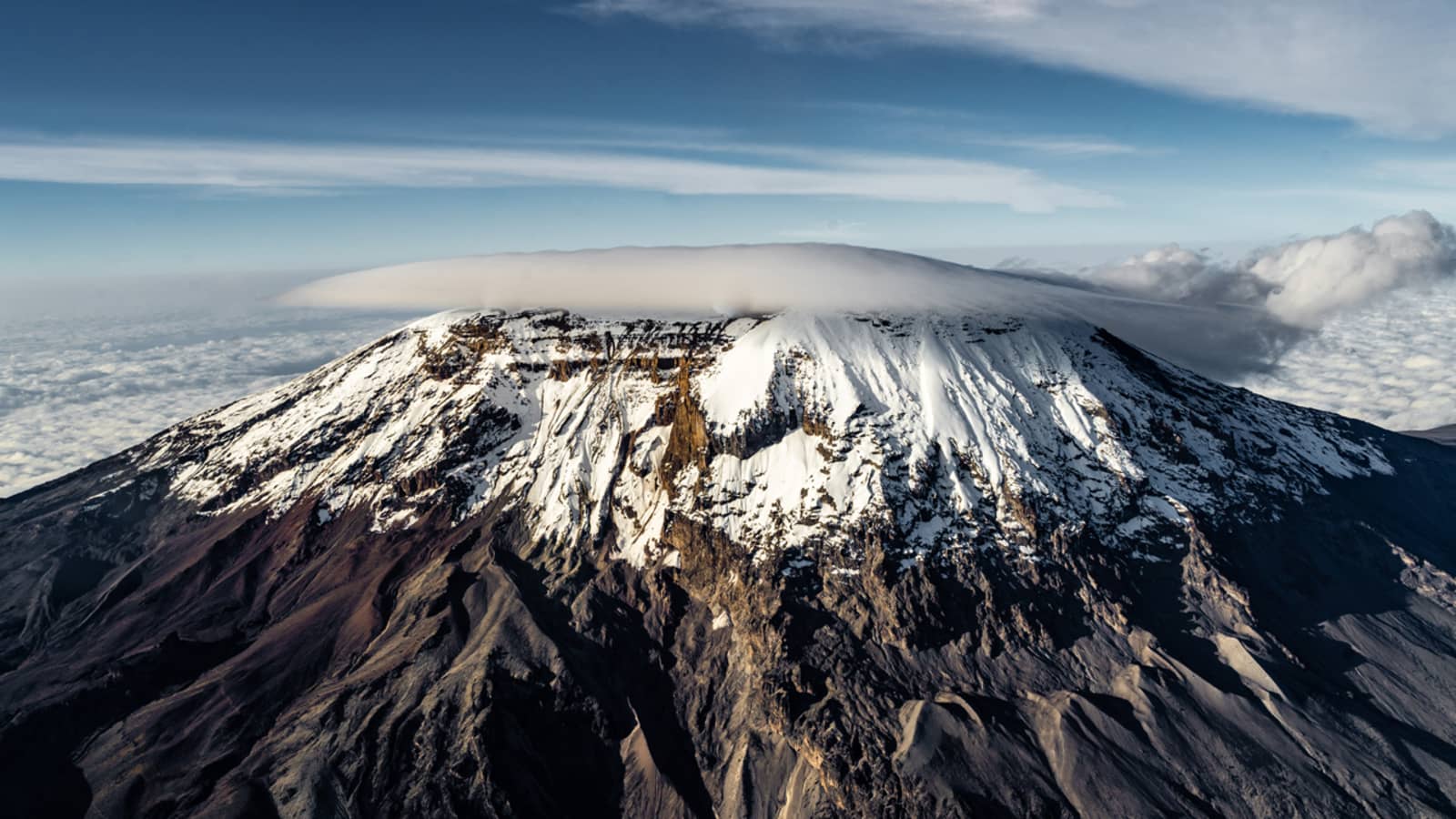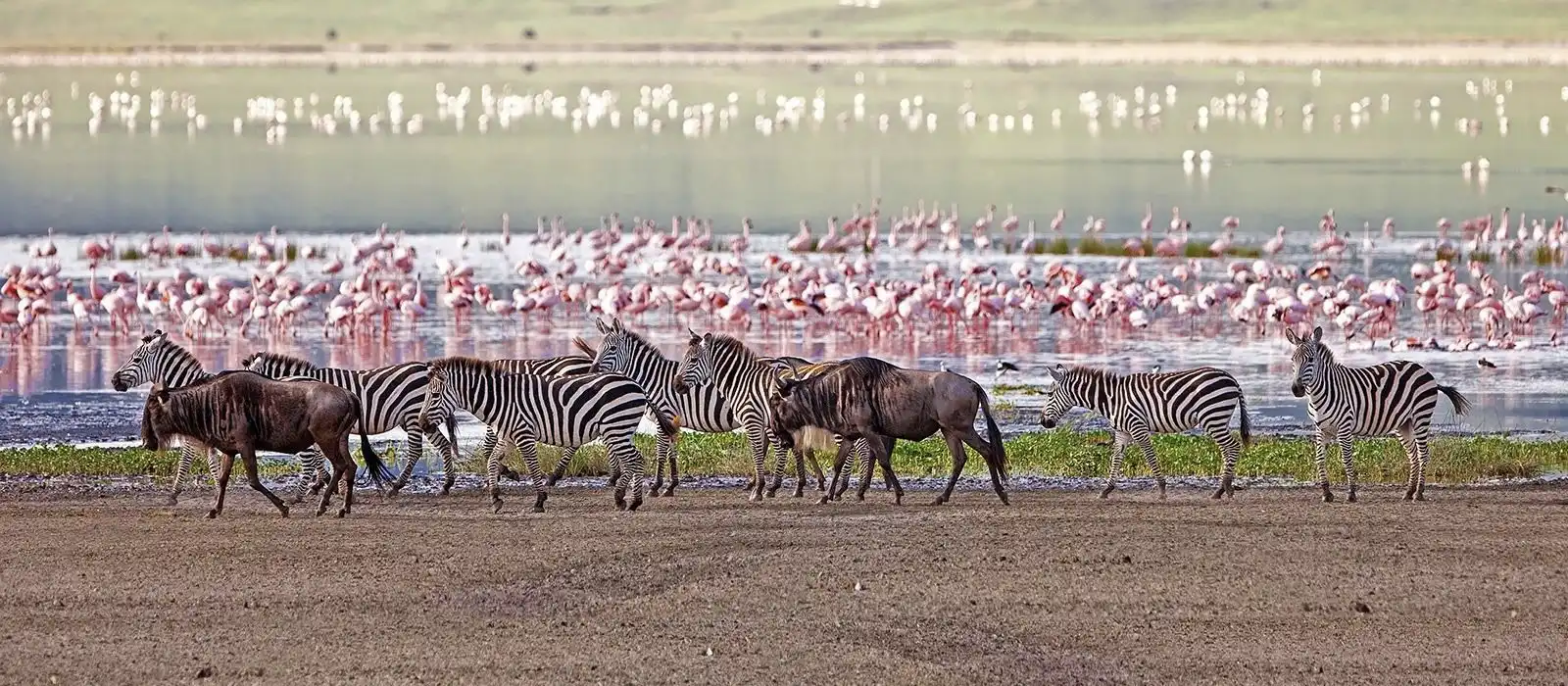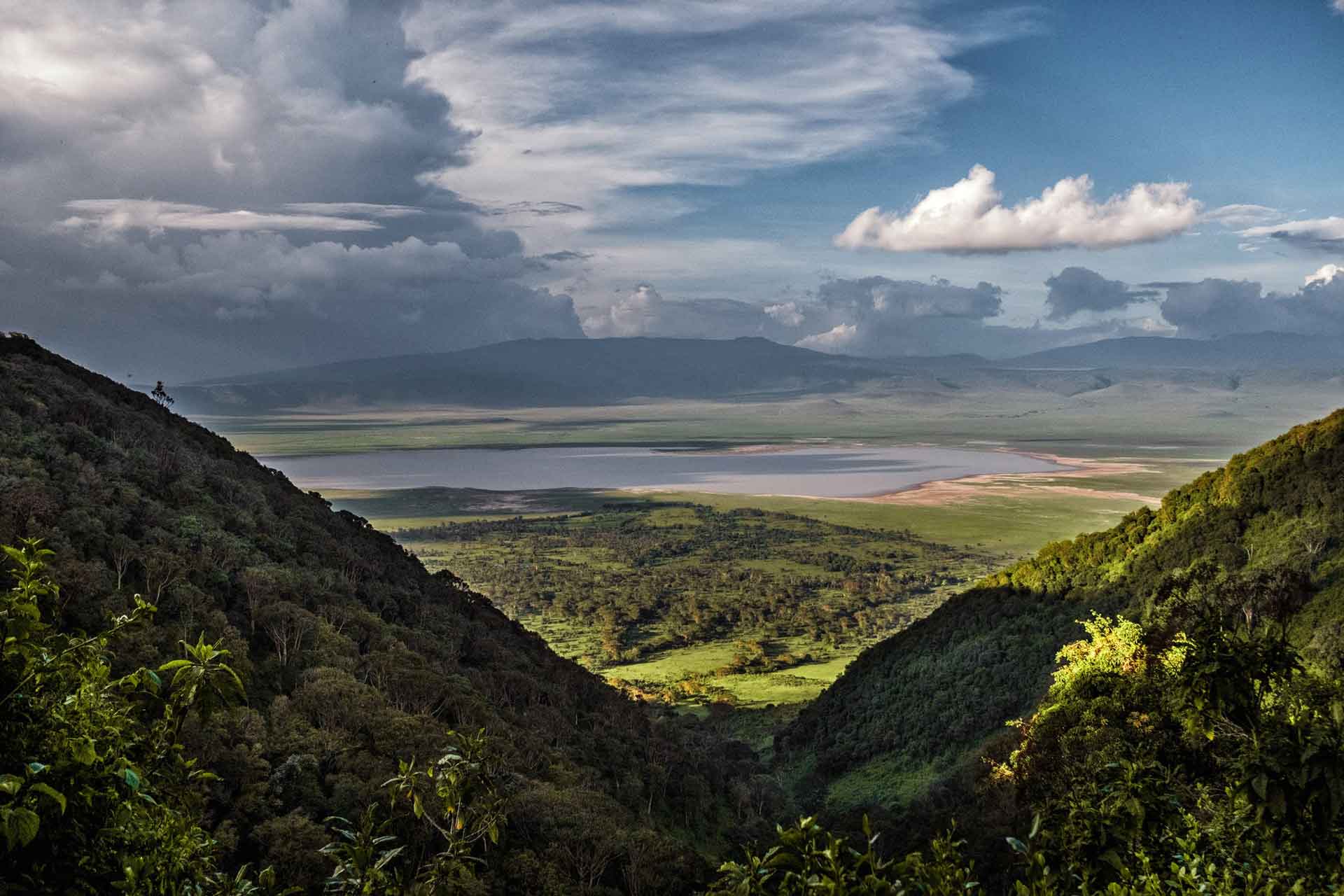zanzibar
island
Zanzibar has lured traders, adventurers, plunderers and explorers to its shores for centuries. The Assyrians, Sumerians, Egyptians, Phoenicians, Indians, Chinese, Persians, Portuguese, Omani Arabs, Dutch and English have all been here at one time or another. Some, particularly the Shirazi Persians and Omani Arabs, stayed to settle and rule. With this influence, Zanzibar has become predominantly Islamic (97%) – the remaining 3% is made up of Christians, Hindus and Sikhs. The earliest visitors to Zanzibar were Arab traders who are said to have arrived in the 8th century. The earliest building that remains on Zanzibar is the mosque at Kizimkazi, which dates from 1107, and is a present-day tourist attraction.
Zanzibar Island
Zanzibar was once one of Africa’s most prosperous countries. The spices that it grew, so desired by the rest of the world, made it so
Zanzibar has lured traders, adventurers, plunderers and explorers to its shores for centuries. The Assyrians, Sumerians, Egyptians, Phoenicians, Indians, Chinese, Persians, Portuguese, Omani Arabs, Dutch and English have all been here at one time or another. Some, particularly the Shirazi Persians and Omani Arabs, stayed to settle and rule. With this influence, Zanzibar has become predominantly Islamic (97%) – the remaining 3% is made up of Christians, Hindus and Sikhs. The earliest visitors to Zanzibar were Arab traders who are said to have arrived in the 8th century. The earliest building that remains on Zanzibar is the mosque at Kizimkazi, which dates from 1107, and is a present-day tourist attraction.
 Beach view. Zanzibar, Tanzania.[/caption]
This was not true of the Shirazi Persians who came from the Middle East to settle on the East African coast. The story goes that in AD 975, Abi Ben Sultan Hasan of Shiraz in Persia (now Iran) had a terrible nightmare in which a rat devoured the foundations of his house. He took this as an omen that his community was to be devastated. Others in the Shirazi court ridiculed the notion, but Sultan Hasan, his family and some followers obviously took it very seriously and they decided to migrate. They set out in seven dhows into the Indian Ocean but were caught in a huge storm and separated. Thus, landfalls were made at seven different places along the East African coast, one of which was Zanzibar, and settlements began.
Beach view. Zanzibar, Tanzania.[/caption]
This was not true of the Shirazi Persians who came from the Middle East to settle on the East African coast. The story goes that in AD 975, Abi Ben Sultan Hasan of Shiraz in Persia (now Iran) had a terrible nightmare in which a rat devoured the foundations of his house. He took this as an omen that his community was to be devastated. Others in the Shirazi court ridiculed the notion, but Sultan Hasan, his family and some followers obviously took it very seriously and they decided to migrate. They set out in seven dhows into the Indian Ocean but were caught in a huge storm and separated. Thus, landfalls were made at seven different places along the East African coast, one of which was Zanzibar, and settlements began.Zanzibar was once one of Africa’s most prosperous countries. The spices that it grew, so desired by the rest of the world, made it so. The wealth derived from the spice trade was augmented by the slave trade, indeed the spices and the slaves went hand-in-hand as Zanzibar’s spice plantations depended on slave labor, and there are still sad relics of this trade in human flesh to be found on the island. Furthermore, Zanzibar was one of the most important ports in Africa.
Customised Vacation To Tanzania?
Wildlife Safaris, Beach holidays, Kilimanjaro trekking, Hiking and cultural tours






Other Destinations
Wildlife Safaris, Beach holidays, Kilimanjaro trekking, Hiking and cultural tours





